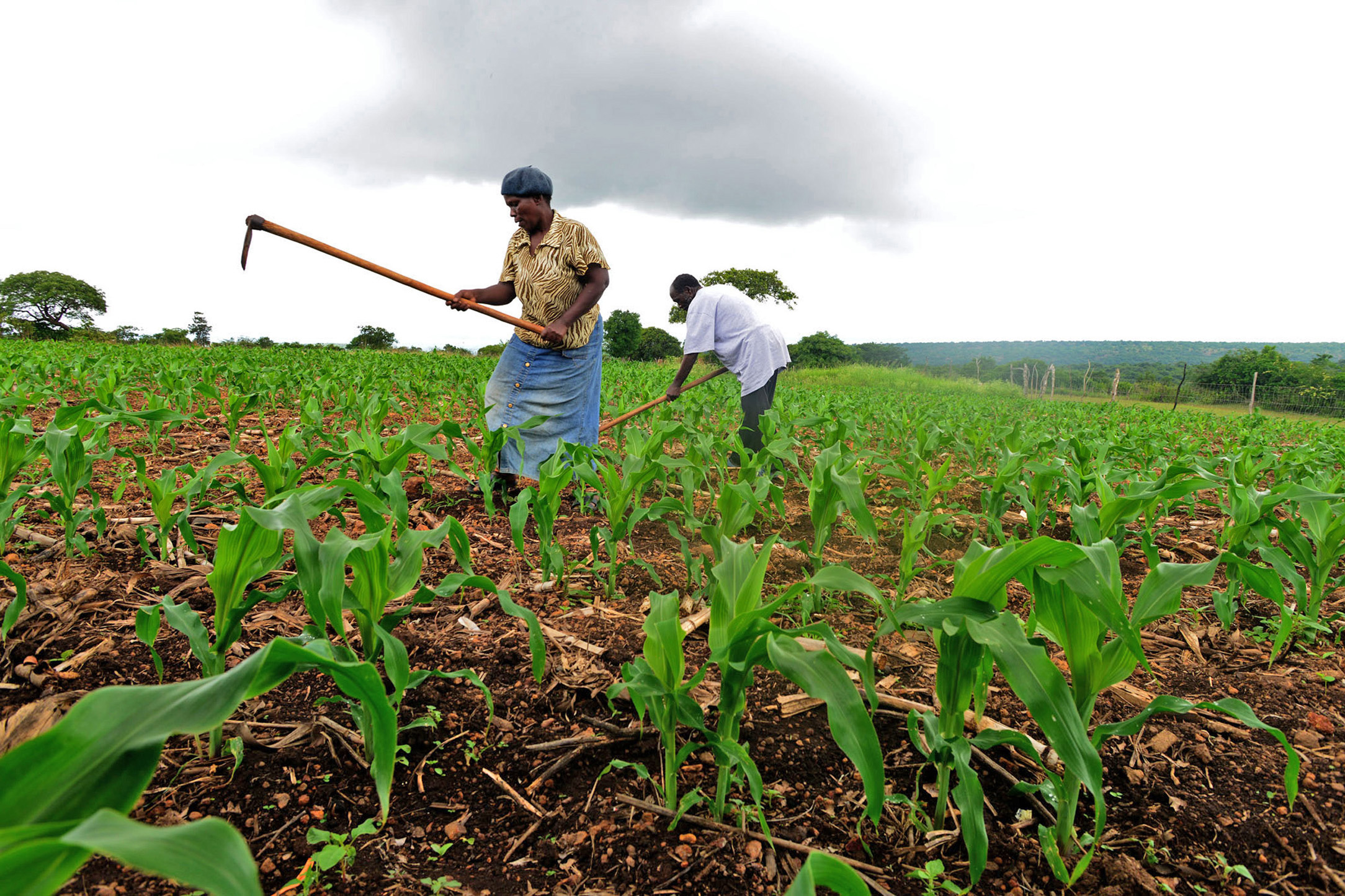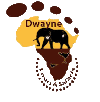Botswana has a surface area of 581,730 km2 of which 45.63 percent has been zoned for agricultural production. While agriculture comprises of less than 2 percent of GDP, it is vital to the livelihood of many citizens who operate subsistence farms. Livestock production, especially cattle, contributes an estimated 80% to the agricultural GDP. Since the beginning of the COVID-19 pandemic, the government has made a conscious effort to build resilience in food supply chains and reliable domestic production that will help improve food security and self-sufficiency.
Ministry of Agricultural Development and Food Security
The broad function of the Ministry is to improve food security and champion agricultural development through local production, reduction of import bill, diversification of the sector, value addition, employment, promotion of consumption of local foodstuff, as well as establishment of agricultural based poverty eradication projects.
Animal Husbandry
The Department of Animal Production is mandated to make the livestock sub-sector competitive and reduce the country’s reliance on imports of livestock products that can be viably produced in the country. It is responsible to transfer skills and technologies on the various animal science disciplines to make livestock production attractive and profitable to farmers, thus creating employment opportunities, increasing rural incomes and reducing rural urban migration. The Department provides expert advice to livestock farmers on livestock improvement and product development in terms of breeding, nutrition, housing, processing and optimal use of rangelands. It also assists subsistence farmers to transform their operations to commercial levels, as well as, enabling commercial farmers to upgrade their level of management and technology application.
Government Incentive Programmes for Food Security
The government developed an incentive package which can be accessed through the National Development Bank (NDB) and includes an Agricultural Credit Guarantee Scheme (ACGS), seasonal loans, etc, to attract investors and to improve commercial viability in the sector. In addition, the Integrated Support Programme for Arable Agriculture Development (ISPAAD), was reviewed to address challenges facing farmers and the low productivity in the arable sub sector. The components of the new program include cluster fencing, provision of potable water, seeds and fertilizers, facilitation of access to credit and establishment of Agricultural Service Centers across the country. Livestock Management and Infrastructure Development (LIMID) has been transferred to CEDA for effective and efficient management.

The proposed development budget for this Ministry for the current financial year is $77.39 million and will cater for the revamped ISPAAD program, provision of services and basic infrastructure such as electricity, telecommunications, roads and water reticulation to selected agricultural production areas and be used for projects under LIMID, which will facilitate value chains. These projects include small stock, piggery, poultry production, dairy production, apiculture/bee production, horticulture, and aquaculture/fish production. Beef is by far Botswana’s primary agricultural product for export. The cattle population is currently estimated at 2.1 million. Livestock production exceeds domestic needs, and the country has exported range-fed beef to the European Union. [1]
LEGACY GOVERNMENT INITIATIVES/SCHEMES
Livestock Management and Infrastructure Development (LIMID) Programme
LIMID is one of government programmes that are aimed at improving food security and poverty eradication. It was first implemented on 1st April 2007. Two years after its implementation, the Ministry of Agriculture commissioned an internal evaluation to review the LIMID Programme in seven districts (i.e., Southern, Kgalagadi, Kweneng, Central, North West, South East and Kgatleng). The purpose of the review was to determine whether LIMID Programme was realizing its objectives and to learn lessons towards improving it. A sample of 412 beneficiaries, out of a total of 829 beneficiaries who were initially interviewed in the baseline study, were interviewed on the survey based evaluation. The survey method measured the outcome and the impact of the programme.
The objectives of LIMID II are to:
- Promote food security through improved productivity of cattle, smallstock and Tswana chickens;
- Improve livestock management;
- Improve range resource utilization and conservation;
- Eradicate poverty; and
- Provide infrastructure for safe and hygienic processing of poultry (meat).
The Integrated Support Programme for Arable Agriculture Development, ISPAAD
ISPAAD was introduced in 2008 to address challenges facing arable farmers. It was envisaged that the performance of the arable sub-sector would be greatly improved by fencing fields, estabilishing Agricultural Service Centers as well as assisting arable farmers to acquire requisite inputs and draught power to undertage tilage operations. The components of ISPAAD include: Provision of draught power, portable water, seeds, fertilizers and herbicides, facilitation of access to credit and fencing and estabilishment of Agricultural Service Centers. Farmers are categorised and subsidized according to area of production and level of operation.
Accelerated Rainfed Arable Programme, ARAP
Accelerated Rainfed Arable Programme (ARAP) in 1986 were initiated by the Government of Botswana in response to the prolonged drought.
Arable Lands Development Programme, ALDEP
The Arable Lands Development Programme was designed to raise the production of food grains by small farmers and make the economy less dependent on imported food. An IFAD Special Programming Mission reviewed ALDEP in September 1979 and identified it as being of high priority. The 'Bank Group involvement in ALDEP commenced through the Cooperative Agreement with IFAD. Thus in June 1980 an FAO/lnvestment Centre Mission visited Botswana on behalf of both IFAD and the Bank Group to identify and prepare a project with in the overall umbrella of ALDEP. A joint Bnnk Group/lFAD mission appraised the project in April 1981.
CURRENT GOVERNMENT INITIATIVES/SCHEMES
Temo Letlotlo
Temo Letlotlo is a productivity-output reward based agro-ecological Programme whose main aim is to improve food security in Botswana. Temo Letlotlo is a transformational multi-sectoral Programme comprised of various ministries, state-owned enterprises, and the private sector. The role of Government would be limited to planning, regulation, promotion, and coordination to create an enabling business environment in the agricultural sector. Its implementation and monitoring processes are based on multi-sectoral approach according to the mandate of each stakeholder. It is an automated arable Programme with two components being Household Food Security and National Food Security.
REFERENCES
[2] https://www.gov.bw/ministries/ministry-agricultural-development-and-food-security





